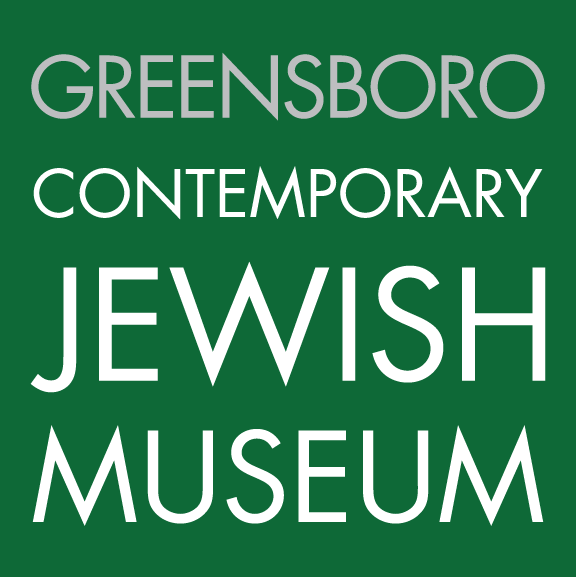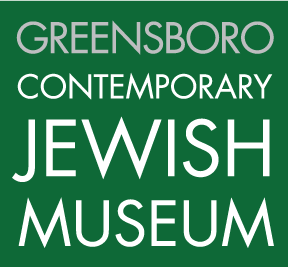Est. 2020
By UNCG Jewish Studies Program Artist-in-Residence, Shoshana Gugenheim Kedem in partnership with Director of Jewish Studies, Ellen Haskell
In collaboration with: The University of North Carolina Greensboro Jewish Studies Program, Religious Studies Department, College of Visual and Performing Arts and Greensboro Project Space. Designer, John Gibbs and Photographer, Irvin Maldonado
Community collaborators: the greater Greensboro Jewish Community, Scuppernong Books, Elsewhere, B’nai Shalom Jewish Day School, Beth David Synagogue, UNCG University Archives
Nothing, it seems, will shatter their paltry view of Judaism, Jewish history, and Jewish public responsibility. Minimize your profile, mute your pride, be overly indulgent, even perversely so, of the taste and priorities of the surrounding culture; resist any hint of “difficult” scholarship or religious thought; avoid any sort of self assertion that might infringe the dictates of political correctness or intellectual fashion: these are the defining characteristics of the modern Jewish identity museum. As for those who insist on holding out for a more rooted and substantive view of Jewish identity, they will have to rely on the small handful of exceptions, or start to think about what it would be like to create a new Jewish museum in the first third of the 21st century.
Art critic, Edward Rothstein, Mosaic Journal, Feb 2016
When the invitation came to serve as an artist-in-residence not far from where I had lived out my teenage years as a mostly assimilated Jewish woman making my way in a Christian dominant culture, I had just recently read Edward Rothstein’s article, The Problem With Jewish Museums. Jewish identity and museums were on my mind. Rothstein’s challenge, posed at the end of his essay, stood out as a singular direction for my work in Greensboro. I would, of course, create a new Jewish museum in the first third of the 21st century.
What can serve as an emerging model of a contemporary Jewish museum in the United States today? How can small Jewish communities throughout the Southern United States claim the same cultural agency to create a Jewish museum as that of their metropolis counterparts in San Francisco, New York or LA? What would be housed in this museum? Who amongst the Jewish people would be represented? What would that representation look like through material and other cultural production? What could this museum offer to the discourse on contemporary Jewish life? These are the questions that activated my research and shaped the vision of the Greensboro Contemporary Jewish Museum (GCJM).
The Greensboro Contemporary Jewish Museum, the only Jewish museum of its kind in North Carolina, is a Jewish museum created in collaboration with faculty and students in the Jewish Studies program and College of Visual and Performing Arts at the University of North Carolina Greensboro and the greater Greensboro Jewish public. Focusing on object as agent of faith or identity, the inaugural exhibition of the GCJM shines a light on everyday objects that facilitate contemporary Jewish identity in its varied forms. Contributors, Jewish residents of Greensboro, North Carolina, were prompted: “Please share a personal object imbued with significance to you as a Jew.” These household objects, their stories and the stories of their keepers are the content for a living archive that makes up our inaugural exhibition: 36+2.
Generously funded by: The Herman and Zelda Bernard Distinguished Professorship in Jewish Studies, the Henry Samuel Levinson Program Endowment for Jewish Studies, the Barbara Colchamiro Endowment, the Judish Rosenstock Hyman Jewish Studies Program Endowment, the Milstein Foundation, and the Greensboro Jewish Federation




